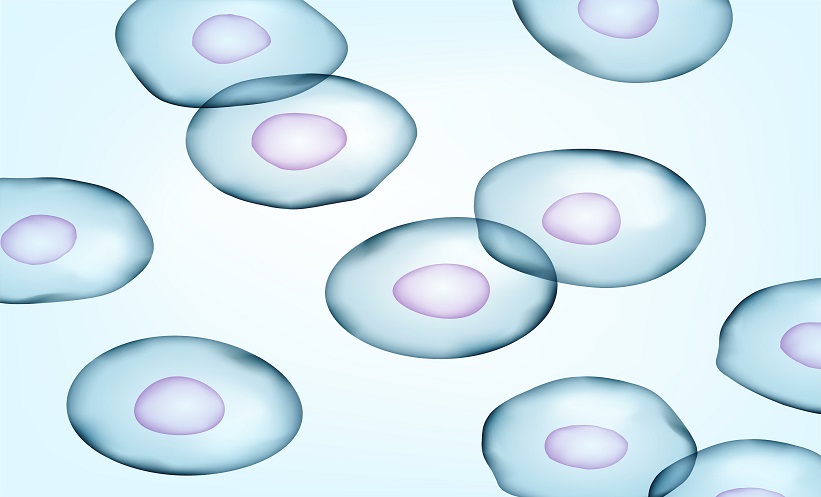A UK clinical study suggests that children undergoing allogeneic haematopoietic stem cell transplant (HSCT) may safely tolerate lower levels of anaemia than current practice assumes.
Researchers tested the feasibility and safety of two red blood cell transfusion thresholds, 65 g/L (restrictive) and 80 g/L (liberal), in children aged 1 to under 18 over the first 100 days post-transplant. Thirty-four patients were randomised across four UK HSCT centres, with 17 in each group. The study achieved near-target recruitment, enrolling 48.6% of eligible children, and showed excellent protocol adherence: 99.2% in the restrictive group and 97.2% in the liberal group. well above the 70% target.
On average, children in the liberal arm received transfusions at haemoglobin levels 16.3 g/L higher than those in the restrictive arm. However, there was no indication of increased fatigue or reduced quality of life in the restrictive group, supporting the potential safety of a lower transfusion threshold.
While not powered to assess clinical outcomes, the findings challenge the assumption that all children need transfusions above 70 g/L. The results highlight the possibility of more personalised transfusion strategies, with fewer interventions for children who can tolerate lower haemoglobin levels.
Further research is required, but this study lays important groundwork for safer, more tailored care following paediatric stem cell transplants.
Reference
New HV et al. How low can we go? Comparison of liberal and restrictive red cell transfusion thresholds in paediatric allogeneic haematopoietic stem cell transplantation: A randomized multicentre feasibility trial. Br J Haematol. 2025; doi: 10.1111/bjh.20051.







